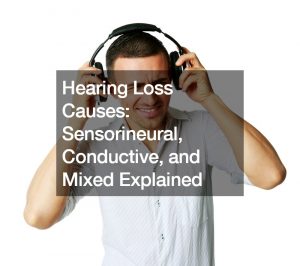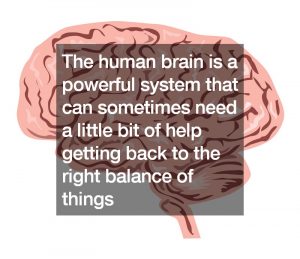The Centers for Disease Control and Prevention reported in 2020 that 20.4 percent of adults in the United States experience chronic pain. Then, 7.4 percent of them reported that their extreme chronic pain. It affects their work and social activities. Moreover, chronic pain is more prevalent in rural areas, as opposed to urban areas.
Moreover, chronic pain leads to negative effects such as a decrease in the quality of life. People also feel that their mental health grows more unstable as they struggle with chronic pain. Most of all, they also gain further medical issues such as deep dependence on opioids and other pain medications.
Pain medications are a quick solution to pain. It can give instant relief. This is why many people turn to it whenever their pain hits them. But relying on it too much is another problem that no one should have to deal with. The good thing is that there are many non-medicated options. For example, if you’re experiencing jaw pain, you might be experiencing temporomandibular joint (TMJ) syndrome. A good solution is popping by a chiropractic clinic for a TMJ treatment. But another good solution is yoga. Here’s why.
Shaking the Reliance on Pain Medication
As mentioned, people with chronic pain turn to pain medication because it provides instant relief. But another reason is that it’s readily available in pharmacies. There’s an array of pain relievers that we can purchase over the counter. If the pain has reached extreme levels, our doctors can prescribe us much stronger painkillers or opioids.
However, as also mentioned, pain medication can lead to an addiction. But it can also lead to all sorts of side effects. For one, acetaminophen, which comes in brands such as Tylenol, can lead to a breakout in hives, trouble breathing, and swelling of the face, throat, and other body parts. Another common painkiller is aspirin. It helps not just with pain but also avoiding blood clots and strokes. But it can also lead to stomach irritation and even bleeding.
With yoga, we get to avoid these risks and side effects. But it’s important to note that this doesn’t mean that we should avoid pain medication in all forms from now on. This just means that we don’t have to rely on it every single time the pain hits.
Emphasis on Relaxation
The Annals of Internal Medicine conducted a study that found that yoga classes helped people reduce their pain. More than that, they also helped in improving their mobility. It was even said that the yoga classes were at par with the exercise sessions that patients go through when they visit their physical therapists.
The most prevalent reason for this is that the movements in yoga stretch and strengthen strained muscles. But what sets it apart from other forms of exercise is its emphasis on relaxation. When we visit the gym, we often see people doing push-ups, weights, and squats while their instructors are urging them. Exercising in this way seems so aggressive. It might even only add to the stress that our chronic pain is causing.
But with yoga, we learn to relax our bodies through stretching and flexing our muscles. Through positions such as savasana (corpse pose), we learn to breathe with our whole body. By doing so, we are helping our bodies deal with the pain and start dissolving the tension of the muscles.
Fighting Through Pain with Mindful Exercise

Exercising through yoga starts with relaxing our bodies. But the real driving force of it is mindfulness. Researchers for the Journal of the American Medical Association found its potential in managing pain. Through a study, their participants reported that their pain was reduced to about 45 percent after going through sessions for mindfulness-based stress reduction.
People often say that pain is in the mind. If you conquer mind over matter, you can conquer pain. With mindfulness meditation, this saying has some truth in it. Through mindfulness, we are digging deep into the mental and emotional aspects of our chronic pain. If we are more in-tune with our minds and bodies, we can gain a deeper understanding of our pain. Our perception of it changes. If we let go of the mental distress that our pain causes, we’re reducing our experience of the pain itself.
Pain medication helps with chronic pain, especially so if our doctors prescribe them. So we don’t have to totally give it up. But we should also be aware of the other options for pain management. We could visit the clinic of physical therapists or chiropractors. Other times, we could go through a series of yoga classes. Either way, we are reducing our reliance on pain medication.




